Reporting at the conference, Director of the Fisheries Department Tran Dinh Luan stated that pangasius production in 2024 is estimated to reach 1.67 million tons, equivalent to 99% of the same period in 2023. As of October 15, 2024, pangasius export turnover reached US$1.56 billion, an increase of 8.9% compared to the same period in 2023, with an estimated total for the year reaching US$2 billion. However, the growth rate is uneven due to fierce competition from other countries and other whitefish products.
Nationwide, there are 1,920 facilities producing and raising pangasius fingerlings, including 2 facilities producing and raising broodstock; 76 facilities producing fingerlings; and 1,842 facilities raising pangasius fry to fingerlings. 61 out of 76 fingerling production facilities and 97 out of 1,842 fingerling rearing facilities have been granted Certificates of Eligibility for Production. In 2024, the relevant authorities inspected and maintained production conditions for 38 out of 61 fingerling production facilities and 81 out of 97 fingerling rearing facilities.
According to the Department of Fisheries, the pangasius industry in the Mekong Delta is facing three major challenges that require more effective solutions.
Firstly, regarding broodstock: the survival rate during the rearing process from catfish fry to catfish fingerlings has not improved significantly. The proportion of broodstock participating in breeding that originate from genetically selected and improved fish is still low (25%). The percentage of catfish fingerling rearing facilities that have been inspected and certified as meeting the requirements is still low (only 5.3%).
Secondly, the cost of producing raw pangasius is increasing due to high input costs such as feed, fuel, and labor. Vietnamese standards for wastewater quality in aquaculture are still inadequate and not suitable for the reality of aquaculture production. Small-scale farms that have not participated in the supply chain have difficulty accessing information and complying with food safety regulations; their limited capital and inability to participate in supply chain linkages gradually put them at risk of being eliminated and replaced by larger companies.
Thirdly, regarding products and markets, value-added products still account for a small proportion, with frozen products being the primary focus. Furthermore, dependence on a few major export markets such as the US, China, and some ASEAN countries puts the pangasius industry at a disadvantage if these markets change their policies or impose stricter requirements on quality and food safety. A lack of coordination and excessive competition among Vietnamese processors and exporters, along with inconsistent quality, has negatively impacted the reputation and brand of Vietnamese pangasius products.

Deputy Minister Phung Duc Tien delivered a speech at the conference.
At the conference, industry management units, experts, processing businesses, and pangasius farmers all focused on sustainable production and greening the product's value to enhance the brand, helping Vietnamese pangasius enter the most demanding markets, such as the community of Muslim countries with over 2 billion people.
Experts believe that by applying new technologies in a coordinated manner throughout the farming process, each hectare of pangasius fish pond can reduce CO2 emissions by more than 800 tons per year. Furthermore, with modern farming technology, the fish survival rate will be improved, increasing production efficiency.
Deputy Minister of Agriculture and Rural Development Phung Duc Tien emphasized that, in order for the pangasius industry to continue developing and taking advantage of opportunities, it is necessary to focus on developing pangasius breeding in an industrial, large-scale manner, ensuring biosafety. He also requested that localities and businesses strictly manage the use of antibiotics in farming and control the quality of breeding facilities. In particular, he called for the development of a closed-loop chain in the production, processing, and consumption of pangasius, applying science and technology, and optimizing the use of by-products to increase product value. Besides traditional markets, finding and developing new markets, including the Muslim market with Halal certification, is also an important strategy.
Deputy Minister Phung Duc Tien also suggested that Dong Thap province develop a high-quality catfish breeding area for the entire industry in the Mekong Delta region.
Source: https://www.mard.gov.vn/Pages/hoi-nghi-tong-ket-nganh-hang-ca-tra-nam-2024-va-ban-giai-phap-trien-khai-nhiem-vu-nam-2025--.aspx


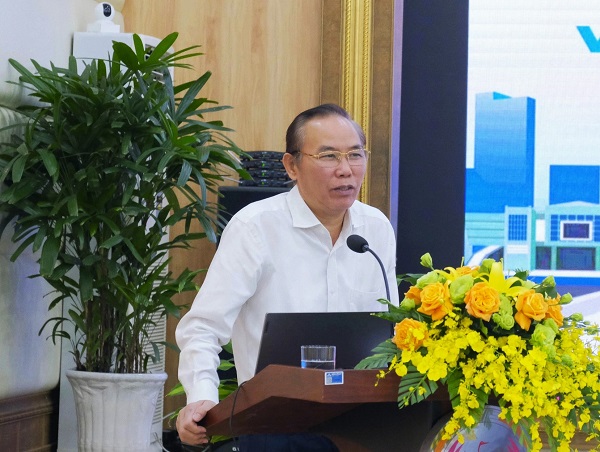



![[Photo] Closing Ceremony of the 10th Session of the 15th National Assembly](/_next/image?url=https%3A%2F%2Fvphoto.vietnam.vn%2Fthumb%2F1200x675%2Fvietnam%2Fresource%2FIMAGE%2F2025%2F12%2F11%2F1765448959967_image-1437-jpg.webp&w=3840&q=75)
![[Photo] Prime Minister Pham Minh Chinh holds a phone call with the CEO of Russia's Rosatom Corporation.](/_next/image?url=https%3A%2F%2Fvphoto.vietnam.vn%2Fthumb%2F1200x675%2Fvietnam%2Fresource%2FIMAGE%2F2025%2F12%2F11%2F1765464552365_dsc-5295-jpg.webp&w=3840&q=75)







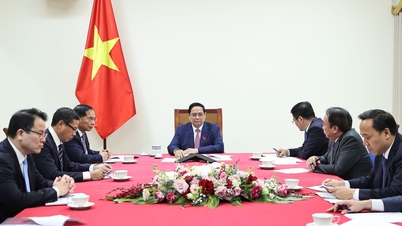

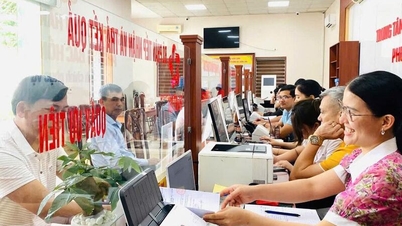






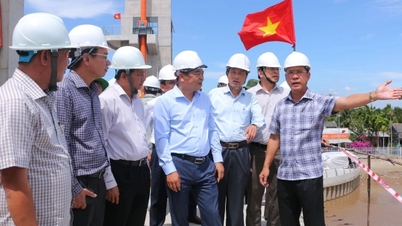
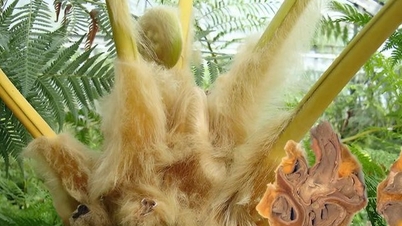
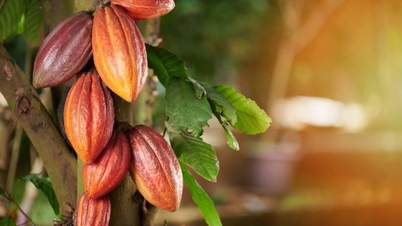
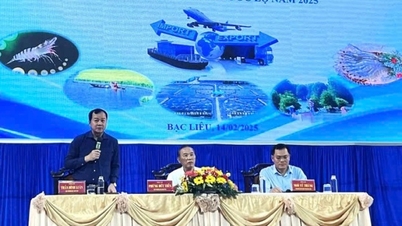
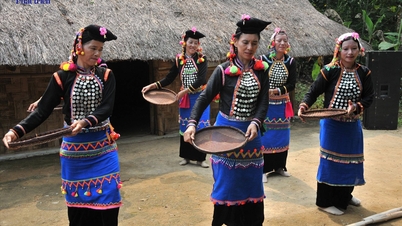

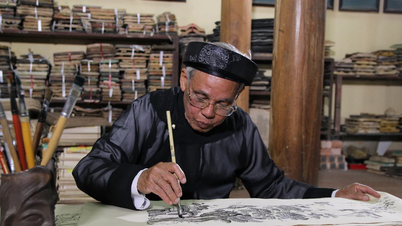

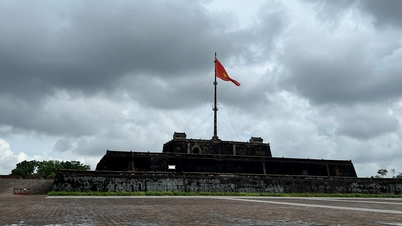

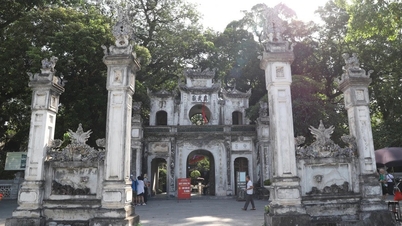

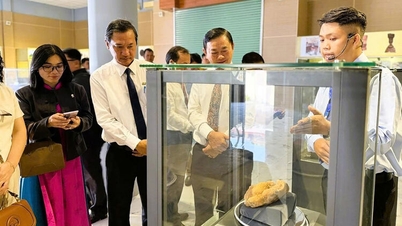

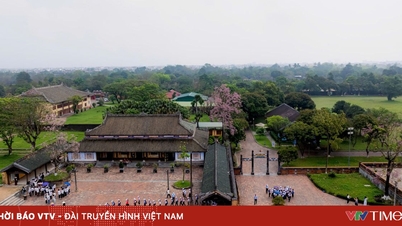

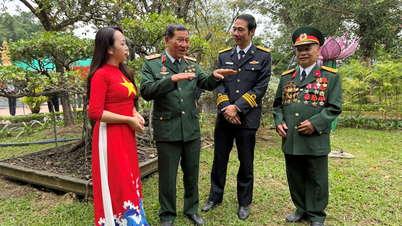






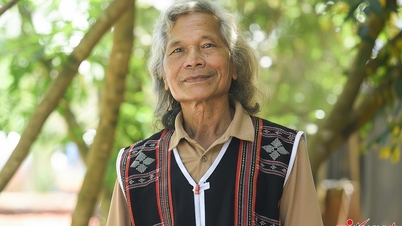



![[OFFICIAL] MISA GROUP ANNOUNCES ITS PIONEERING BRAND POSITIONING IN BUILDING AGENTIC AI FOR BUSINESSES, HOUSEHOLDS, AND THE GOVERNMENT](https://vphoto.vietnam.vn/thumb/402x226/vietnam/resource/IMAGE/2025/12/11/1765444754256_agentic-ai_postfb-scaled.png)



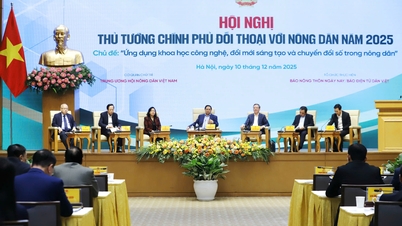








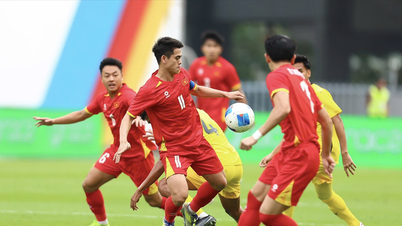

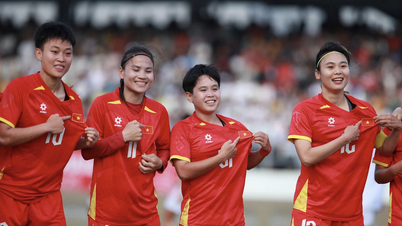

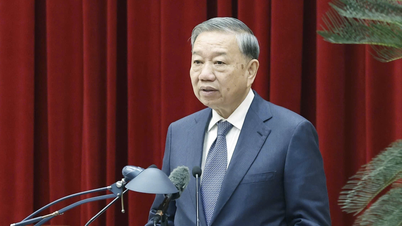

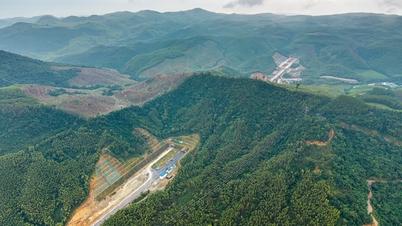



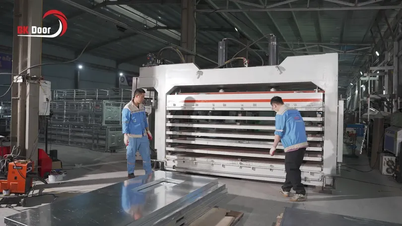



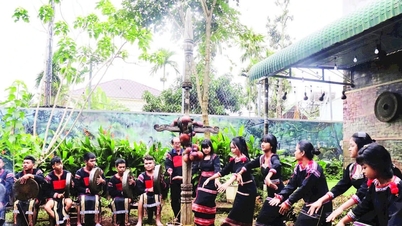

















Comment (0)